The Heat Is On
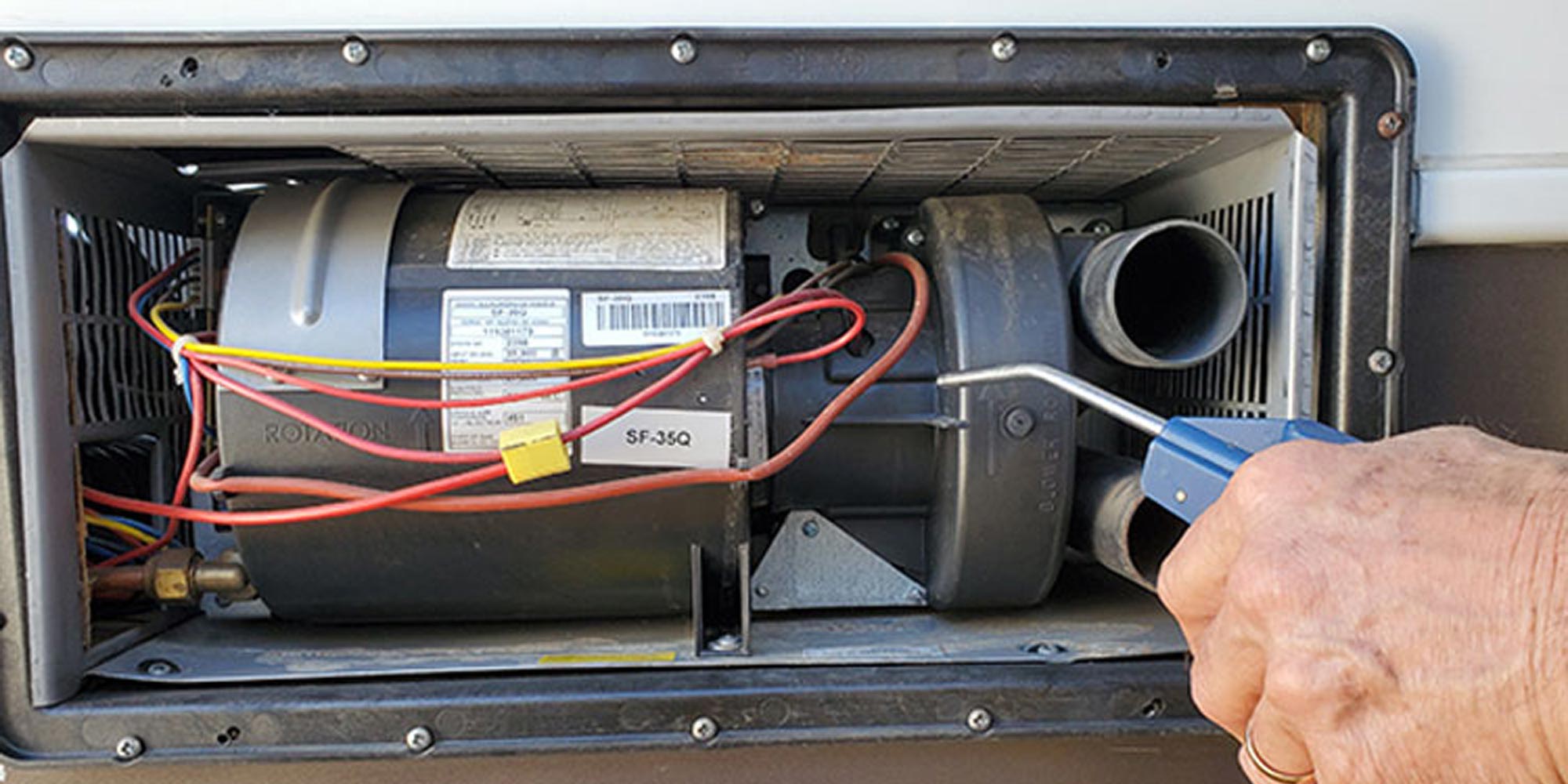
An annual inspection will help keep an RV furnace in tip-top shape
Unfortunately, annual furnace maintenance and cleaning are often overlooked, which can lead to poor performance, malfunction and even failure. Annual cleaning is important because the return air system does not include a replaceable filter to prevent dust, lint and pet hair from impacting performance and safety. Following these preventive maintenance procedures will give your heating system the advantage during the cold weather.
To start, use a bright flashlight and peer into the exterior exhaust/cold-air intake of the furnace. You’ll be checking for mud daubers, spiders and wasps, any of which can block the airflow in both directions during the heating process. A restricted airway could cause short cycling of the burner or an improper flame from lack of oxygen, leading to an over rich gas-air mixture.
If you discover debris or nests, remove the vent assembly and clean any obstructions. Be sure to replace the gasket or seal before reinstalling the vent assembly. If you suspect a mud dauber has built a nest inside of the blower assembly, you will need remove the furnace in order to gain access to clean out the debris. If you’re not comfortable with removing the furnace, leave this job to professional RV technicians.
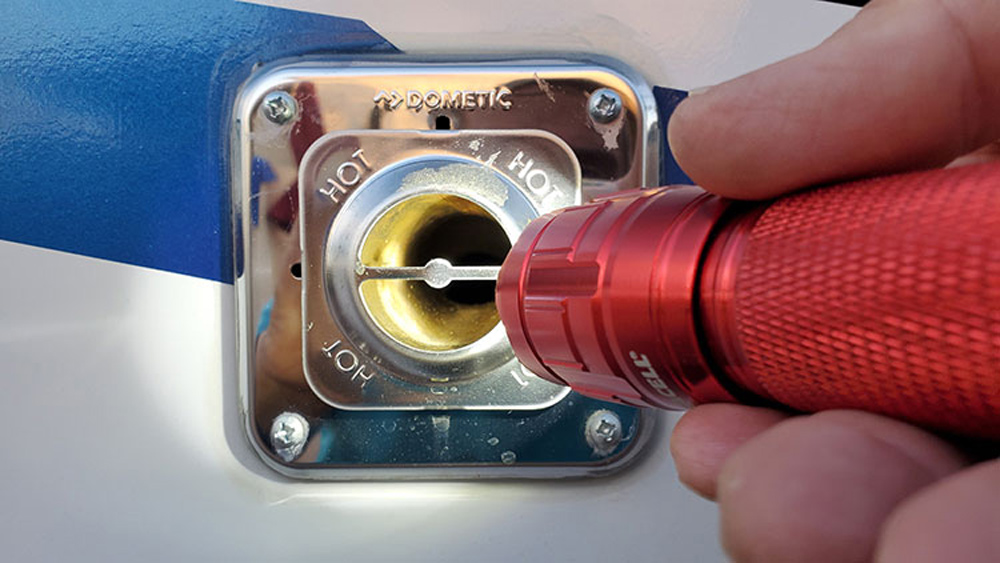
Thoroughly inspect all of the wiring; it is not uncommon for rats or mice to chew through electrical insulation and conduit. Damage to wiring or other components may require the assistance of a certified RV technician.
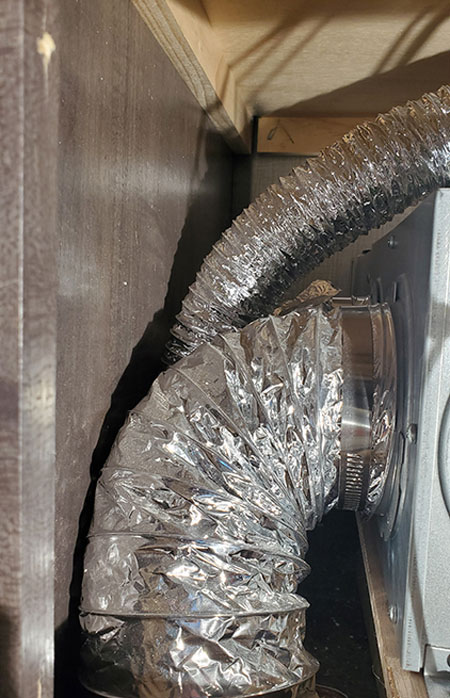
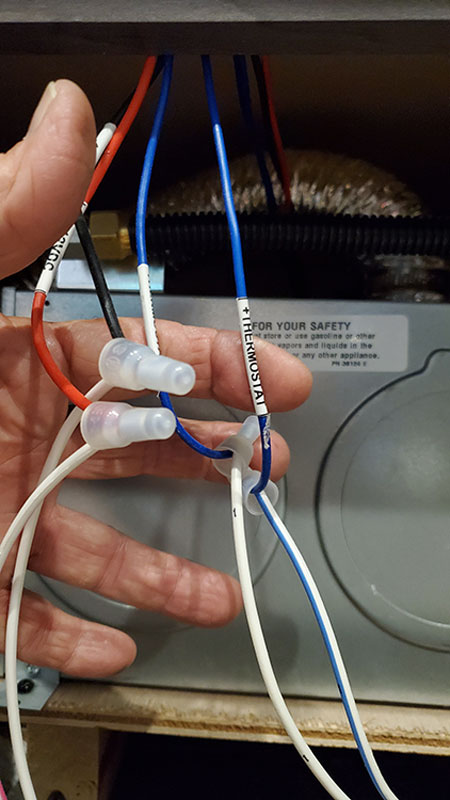
Next, check the return air vent located near the furnace. Manufacturers of fifth-wheel trailers and motorhomes normally locate the furnace in the basement and the return air vent will be on a wall or floor inside the RV. The furnace in travel trailers is typically mounted near the galley area compartment with the return air vent directly in front of the furnace. Never block the return air vent or install a filter, which can affect the heat cycle and reduce efficiency.
Other areas to check:
- Ducting and heat registers play a big role in heating efficiency. Every furnace is designed to function with a specific number of ducting lengths connected to the furnace body, so don’t use adjustable registers or block off the existing registers. Inspect all accessible flexible ducting and replace if compromised. Floor registers are difficult to clean without removing the covers. Any accumulation of pet hair, lint and other items should be removed regularly with a vacuum cleaner crevice tool.
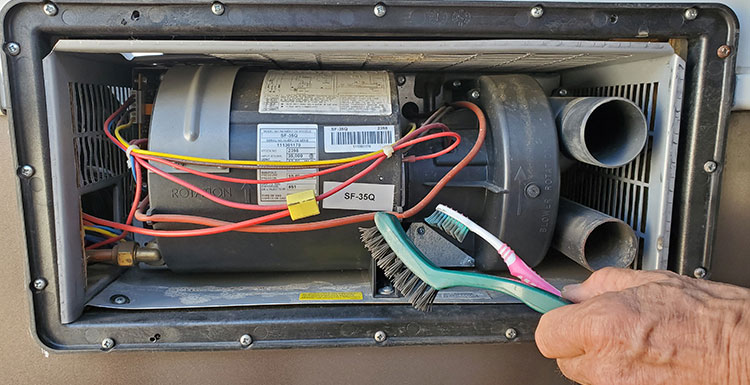
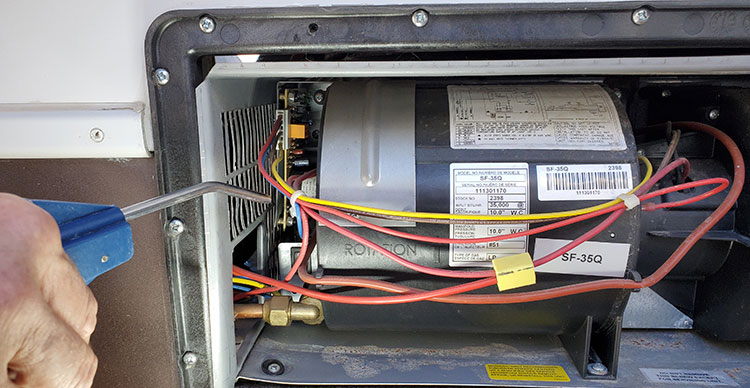
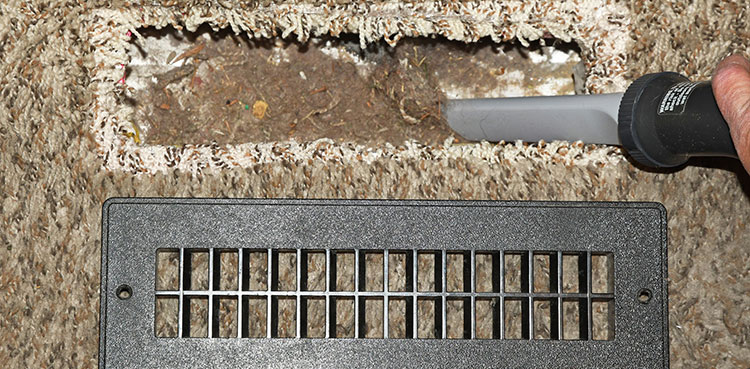
- LP-gas pressure plays a very important role during the furnace’s ignition cycle. Not surprisingly, LP-gas regulators deteriorate over time — and any disfunction will cause improper pressure that can lead to ignition problems. Gas pressure should be checked by a professional technician annually using a tool called a manometer. Not only will this confirm proper pressure, but a leak-down test will discover any breaches in the propane piping and/or fittings. Frankly, it’s not a bad idea to replace the LP-gas regulator every five years. If you are experiencing ignition problems, seek professional help; gas appliances can be dangerous if not diagnosed or repaired correctly.
- Battery voltage is critical for the proper function of a forced-air furnace system. Check to be sure that all the battery terminals are clean and secure. Using an accurate multimeter, confirm power to the furnace, which requires at least 11 volts DC to operate when the blower is running. Should the voltage drop below that in the middle of a heating cycle, the furnace will go into lockout mode and blow cold air unless the circuit board is designed to shut the furnace off. General battery health is important to keep appliances, like the furnace, running properly.
Obviously, there are other things that can impact RV furnace performance, from broken connections and errant thermostats to parts, like the sail switch, that simply wear out over time. That said, proper and timely maintenance can oftentimes reveal minor problems before they became a major headache.
Already a Subscriber? Click here for Access to the Full Issues.

